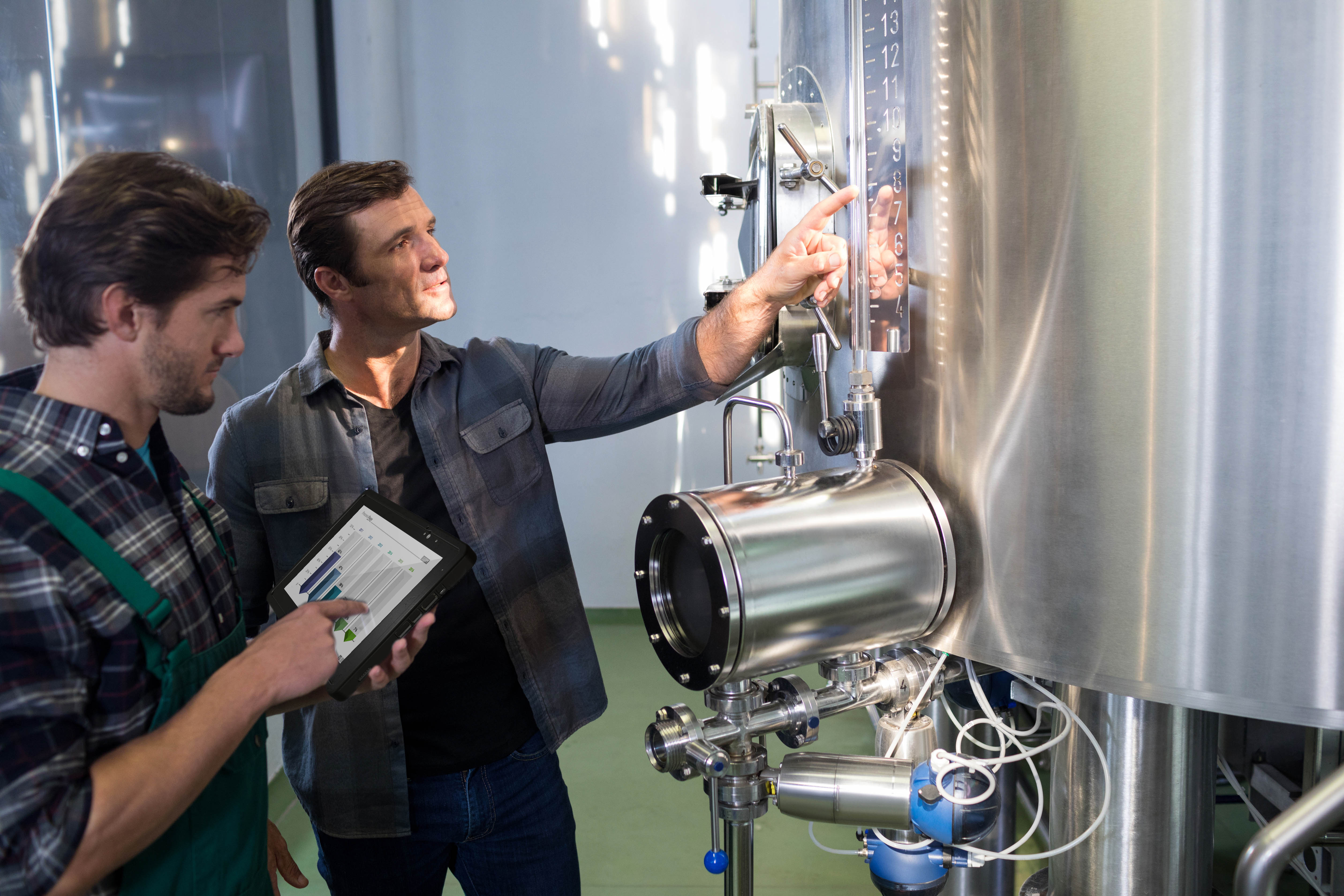
Trend #6: Digital Governance is Essential
This is the sixth blog of a seven-part series on the latest technology trends in hazardous are operations.
Many organizations have adopted BYOD (bring your own device) policies or otherwise mobilized their workforce, enabling them to access web-enabled products and services. But doing so opens a whole discussion about who is leading the company’s digital strategy, which web-based products are allowed, who is allowed to use them and when, and other safety and compliance-related concerns. That’s where digital governance becomes critical for implementing strategies that positively direct the ways organizations take advantage of increasing digital and cloud capabilities.
Especially in large, critical industries, such as oil and gas, enforcing good digital governance is crucial for ensuring safety in hazardous area operations. With well-defined MDM (mobile device management) and mobile application management (MAM) parameters forming a complete enterprise mobility management (EMM) security solution, plus pervasive communication among all employees via certified mobile devices, these organizations can be better assured that their personnel are following the proper protocol and protecting themselves and the company’s assets.[1]
In hazardous environments where devices must be certified to be intrinsically safe, consumer-grade iOS and Android devices should not be allowed. In a growing number of companies, workers are supplied Windows-capable certified intrinsically safe tablets for use in high-risk areas, while their BYOD devices are secured offsite, in their vehicles, or in other non-hazardous areas.
Abiding by good digital governance – which includes making sure only approved, internationally certified intrinsically safe devices are used in the proper zones of operation – is essential for safety and compliance in critical industries. It is especially important for operations with hazardous location environments, where using the wrong device could result in catastrophe; igniting a spark in a combustible atmosphere could mean setting off an explosion that could cost many assets – and lives.
Knowing which type of certifications are required for which devices in which hazardous areas is crucial. Not all personnel in a refinery, for example, work in the most hazardous areas – Class I Division 1 or ATEX/IECEx Zone 1 – but, they may pass through or be in very close proximity to these areas. Also, a less hazardous Division 2 / Zone 2 area could quickly become a Division 1 / Zone 1 in the event of an emergency such as a gas leak. Having a Division 1 / Zone 1 device is the safest policy for any worker in industries with hazardous areas because no matter where that person is located in the operation, he or she can safely carry an intrinsically safe device without fear of ignition.
Find out how your organization can practice better digital governance with the latest intrinsically safe tablets and IoT sensors from Aegex Technologies.
[1] https://branden.biz/wp-content/uploads/2018/12/The-Forrester-Wave_Unified-Endpoint-Management_Q4-2018.pdf
